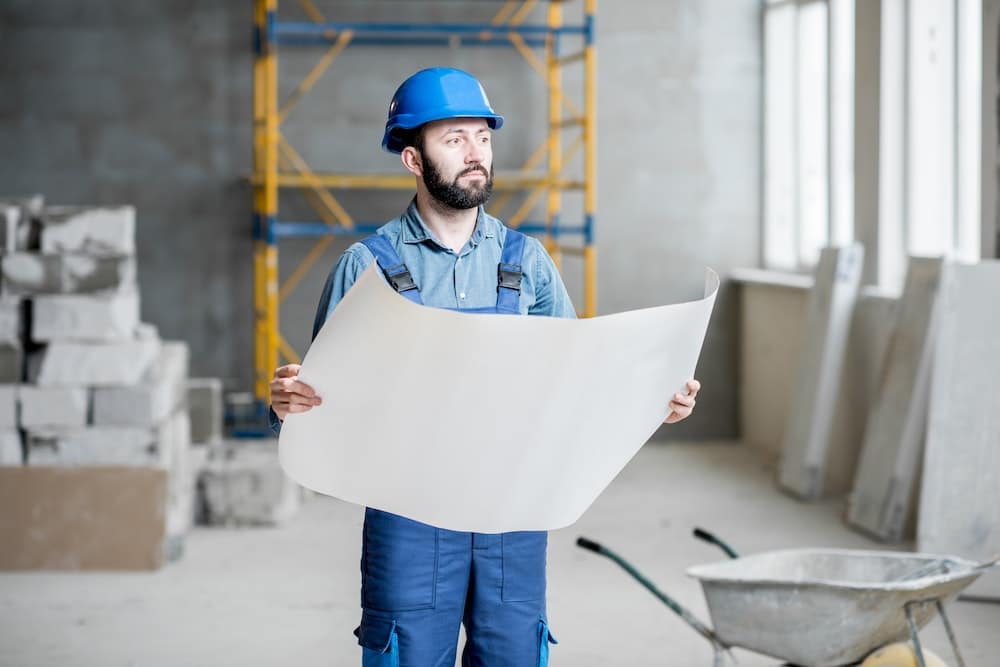How Can Real Estate Developers Utilize Local Materials to Reduce Carbon Footprint?

Global warming and climate change are becoming more evident every day. And, as you know, the real estate and construction industry is one of the significant contributors to carbon emissions. Between the energy consumed in building operations and the embodied carbon in construction materials, the impact on our environment is significant. However, it is not all doom and gloom. There is a silver lining. Real estate developers can play a pivotal role in mitigating this environmental issue. Sustainable construction is the key to reducing the carbon footprint. One effective strategy is utilizing local materials for construction. Let’s explore how incorporating this practice can make a difference.
Reducing Carbon Emissions from Transportation
The first step in understanding the potential of local materials in sustainable construction involves realizing how they reduce carbon emissions. Transporting building materials over long distances is a major contributor to carbon emissions. This is not just about the fuels used in transportation but also the energy spent on packaging and maintaining the quality of materials during transit.
A découvrir également : How to Implement Sustainable Drainage Systems in New Real Estate Projects?
Utilizing local materials for construction means drastically reducing the distance these materials need to travel. This, in turn, means a significant decrease in carbon emissions from transportation.
Moreover, local materials often require less energy-intensive manufacturing processes, reducing the embodied energy – the total energy consumed to produce a product. This is another way in which using local materials can make your construction projects more climate-friendly.
A voir aussi : How to Integrate Aging-in-Place Features into New Housing Developments?
The Role of Energy-Efficient Building Systems
Another key aspect of sustainable construction is energy-efficient building systems. These systems will not only reduce the operational carbon emissions of buildings but can also complement the use of local materials to decrease the overall carbon footprint.
For example, a building designed for passive solar heating can make efficient use of local materials such as stone or concrete, which have high thermal mass. These materials can absorb heat during the day and slowly release it at night, reducing the need for energy-intensive heating systems.
Renewable energy systems, such as solar panels or wind turbines, can also be incorporated into the design. These systems, combined with local materials, can create a net-zero or even carbon-negative building.
The Importance of Green Building Materials
Just as important as the energy efficiency of a building is the greenness of the building materials themselves. Green building materials are those that are sustainable and do not harm the environment during their production, use, or disposal.
Local materials are often more sustainable because they require fewer resources to produce and transport. In addition, they do not require the use of harmful chemicals or preservatives that can have a negative impact on local ecosystems.
Moreover, many local materials are recyclable or biodegradable, reducing waste and further lowering the carbon footprint of a building project. For example, locally sourced timber is a renewable resource that can be replanted, absorbs carbon as it grows, and can be recycled at the end of its life.
Embodied Carbon in Building Materials
One of the biggest contributors to a building’s carbon footprint is the embodied carbon in its materials. Embodied carbon refers to the carbon emissions associated with the extraction, manufacture, transportation, and assembly of building materials.
Choosing local materials significantly reduces the embodied carbon in these materials. For instance, a locally quarried stone has much less embodied carbon than an imported one, simply because it doesn’t have to travel as far.
The Future of Sustainable Construction
In conclusion, the construction industry plays a vital role in the fight against climate change. By choosing to use local, sustainable, and energy-efficient materials and methods, real estate developers can contribute to a greener and more sustainable future. This not only benefits the environment but also saves costs in the long run, improves building performance, and enhances the well-being of building occupants.
The future of sustainable construction is already here, and it is up to us to embrace it. As we continue to innovate and improve our building practices, not only will we reduce our carbon footprint, but also create buildings that are healthier, more comfortable, and more resilient. And that is a future worth building for.
Optimizing Energy Efficiency in Real Estate Development
In the realm of sustainable building, energy efficiency has emerged as a central focus. Energy efficiency is the practice of using less energy to perform the same tasks, thereby reducing energy usage and the associated carbon emissions. Reducing energy consumption not only decreases carbon footprint but also contributes significantly to climate action by reducing the demand for energy sources that generate harmful emissions.
For real estate developers, energy efficiency can be integrated into projects in various ways. For example, they could install energy-efficient appliances and systems, insulate buildings to reduce heat loss, use energy-efficient windows, and design buildings to take advantage of natural light and heat.
One way to optimize energy efficiency is by implementing renewable energy sources, such as solar or wind power. These alternative sources of energy are becoming increasingly affordable and accessible, making them a viable option for both residential and commercial real estate projects. By integrating renewable energy sources into their developments, real estate developers can decrease their reliance on traditional energy sources that contribute to carbon emissions.
Moreover, many energy-efficient building systems synergize well with local materials. For example, local materials such as stone and concrete have high thermal mass, absorbing heat during the day and releasing it at night, thus reducing the need for heating or cooling systems. Using these materials in conjunction with energy-efficient design principles can enhance the energy efficiency of buildings while also reducing the embodied carbon of the building materials.
Eco-Friendly Practices in the Real Estate Sector
Adopting eco-friendly practices in the real estate sector is not just about mitigating climate change or complying with regulations; it is also about ensuring the longevity and profitability of the business. Studies show that buildings with green certifications have higher occupancy rates, command higher rents, and have lower operating costs, making them more attractive for both building owners and tenants.
One aspect of eco-friendly practice is the use of green building materials. These materials are not only sourced responsibly but also have low embodied carbon, meaning less carbon is emitted during their production, use, and disposal. Local materials, as mentioned earlier, often fall into this category.
Another aspect is waste management. Construction and demolition waste can be a significant source of carbon emissions. By recycling and reusing materials, real estate developers can reduce waste, lower carbon emissions, and save money.
Finally, eco-friendly practices also encompass the operation and maintenance of buildings. Energy-efficient operations, regular maintenance, and upgrades can significantly reduce a building’s carbon footprint over its lifetime.
Conclusion: The Role of Real Estate in Climate Action
Real estate development has a critical role to play in climate action. By embracing sustainable construction practices, such as using local materials, optimizing energy efficiency, and adopting eco-friendly practices, the real estate sector can significantly reduce carbon emissions and contribute to the global effort to combat climate change.
Such practices offer multiple benefits beyond reducing carbon footprint. They can lead to cost savings over the long term, improve building performance, enhance occupant health and comfort, and increase property value. They also align with emerging trends in consumer preference and regulatory expectations, positioning real estate developers who adopt them favorably in the market.
Harnessing these strategies and innovations, the real estate sector can lead the way in creating more sustainable, resilient, and equitable communities. It is evident that the future of real estate lies in sustainability, and it is an exciting time for those ready to embrace this future and make a positive impact on our planet.
